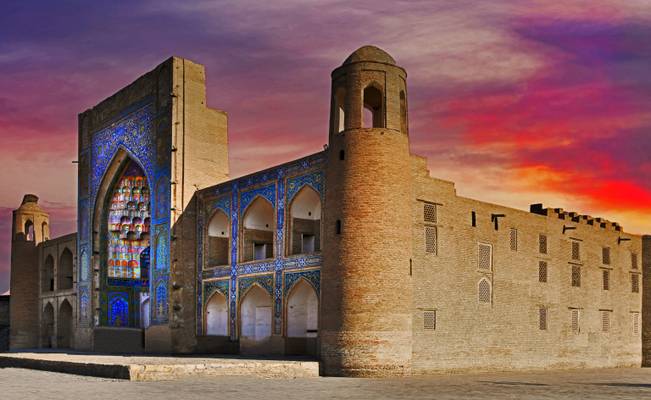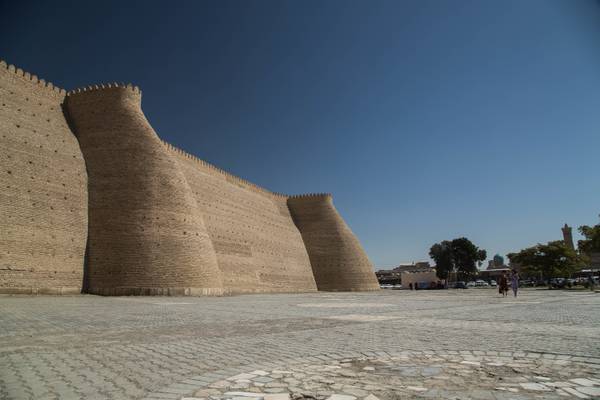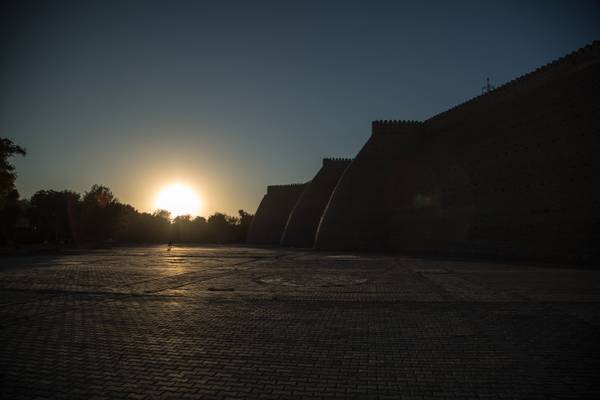
Bukhara
Bukhara, located in Uzbekistan, is a city steeped in history and culture. It is one of the oldest cities in Central Asia and has been a center of trade, religion, and scholarship for centuries. The city is home to numerous architectural wonders, including mosques, madrasas, and mausoleums, which are a testament to the city's rich cultural heritage. For photography enthusiasts, Bukhara offers a plethora of opportunities to capture the city's beauty and charm. The city's narrow streets, bustling bazaars, and ancient buildings provide a perfect backdrop for capturing stunning images. Some of the best photography locations in Bukhara include the Kalon Minaret, the Ark Citadel, and the Poi-Kalyan complex.

by Dominic Nessi
- Bukhara is the fifth-largest city in Uzbekistan, with a population of 247,644.
People have inhabited the region around Bukhara for at least five millennia, and the city has existed for half that time.
Located on the Silk Road, the city has long served as a center of trade, scholarship, culture, and religion. The mother tongue of the majority of people of Bukhara is Tajik, a dialect of the Persian language, although Uzbek is spoken as a second language by most residents.
Bukhara served as the capital of the Samanid Empire, Khanate of Bukhara, and Emirate of Bukhara and was the birthplace of Imam Bukhari.
Bukhara has about 140 architectural monuments. UNESCO has listed the historic center of Bukhara (which contains numerous mosques and madrasas) as a World Heritage Site.

Kalon Minaret, Bukhara. Also known as the Tower of Death as criminals were executed by being thrown from the top, this continued into the 20th...

The oldest structure in Bukhara, occupied from the 5th century up to the point when it was bombed by the Red Army.
Thanks to all Phoide contributors to Bukhara!
Most notably Dominic Nessi.
